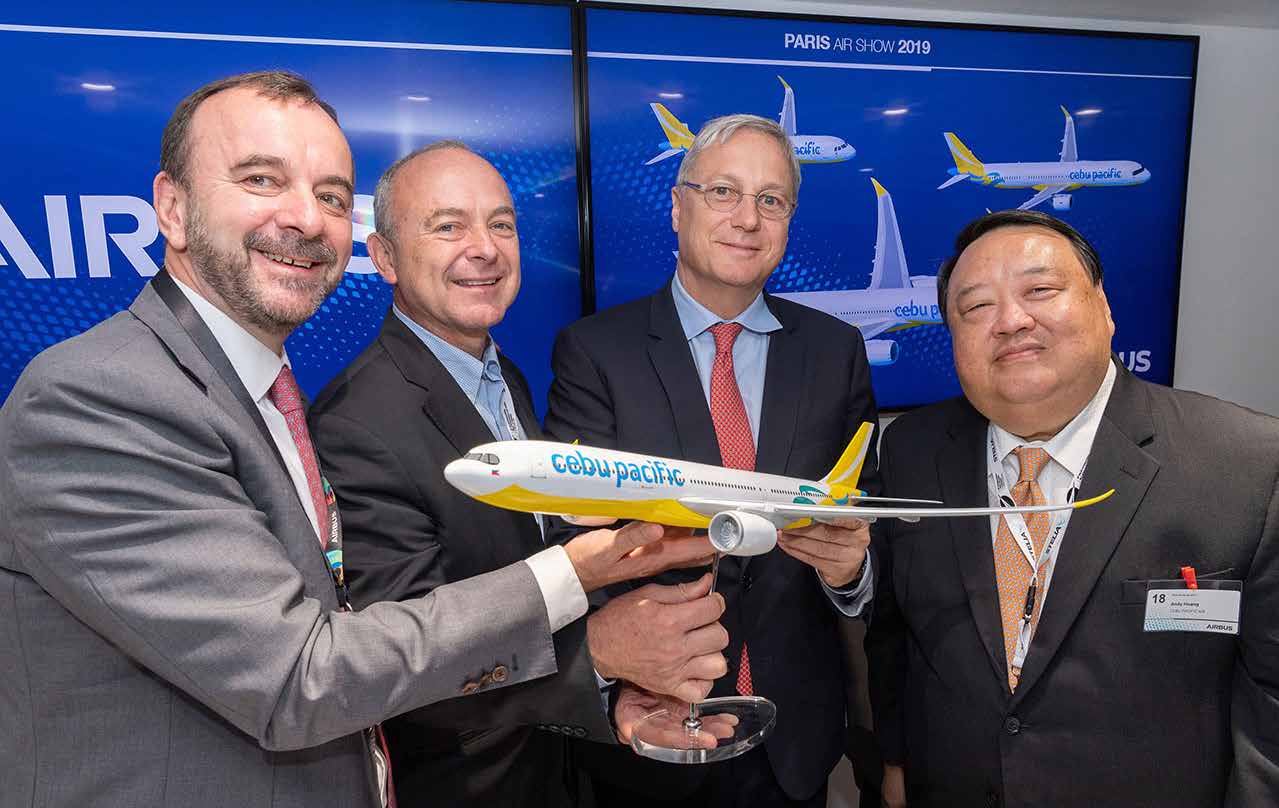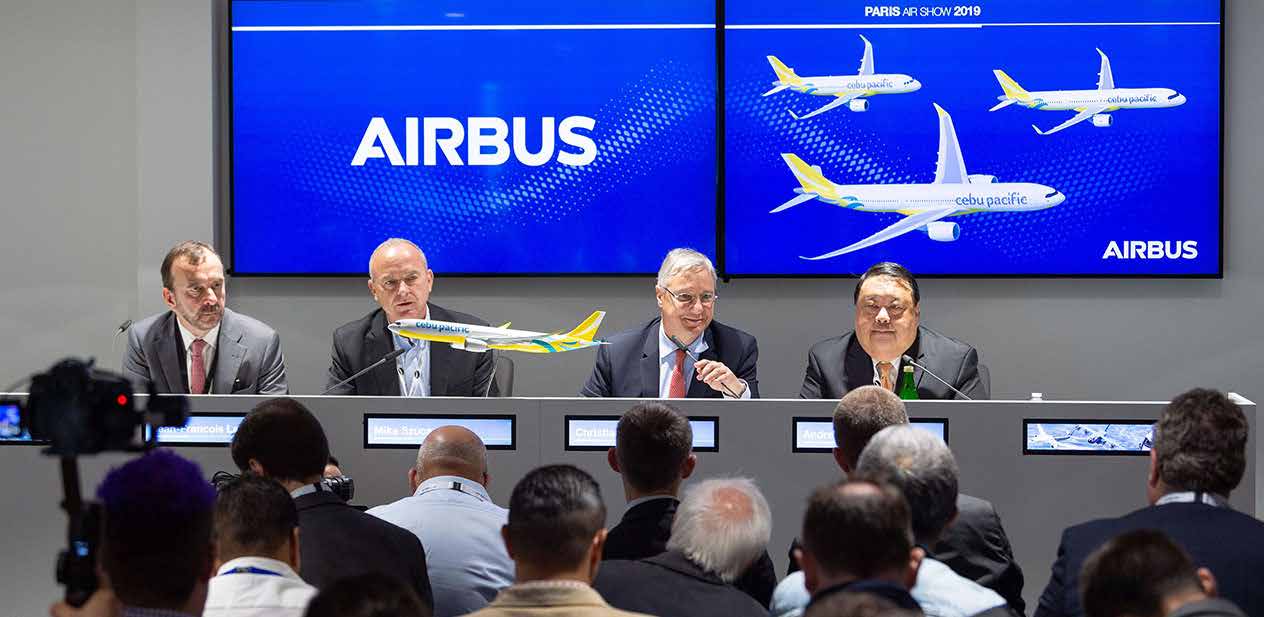
“2019 was a remarkable year for CEB as we improved our operating profit margin to 15%, and more than doubled our net income from 2018 to Php9.1 billion. 2019 also marked the arrival of our next-generation, new engine option (NEO) jets, which we consider the foundation of our re-fleeting plan and the heart of our sustainability program. Macroeconomic factors were also favorable, with fuel prices down and peso appreciating, ending our 2019 with a strong balance sheet. 2020 looks to be a different story due to the COVID-19 pandemic effectively removing almost a quarter of our operations already. With our various ongoing management initiatives to ensure passenger and employee safety, operational and financial stability, we hope to end this year still as one of the most resilient airlines in the industry.”
Cebu Air, Inc. (CEB), the air transportation arm of JG Summit, is the Philippines’ leading airline company and remains a pioneer in creative pricing strategies. Since its incorporation in 1996, CEB has created an extensive network with year-round affordable flights to 37 domestic and 27 international destinations; and has become one of the fastest-growing low-cost carriers in the world. The company also offers air cargo transportation which allows for seamless movement of goods from key domestic hubs to CEB international stations and major consolidator ports in the region.

